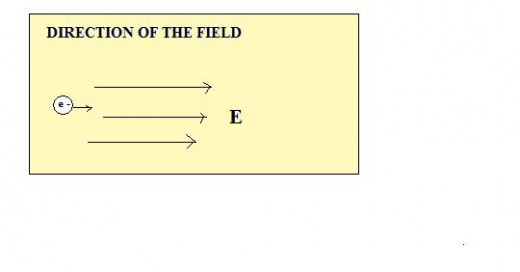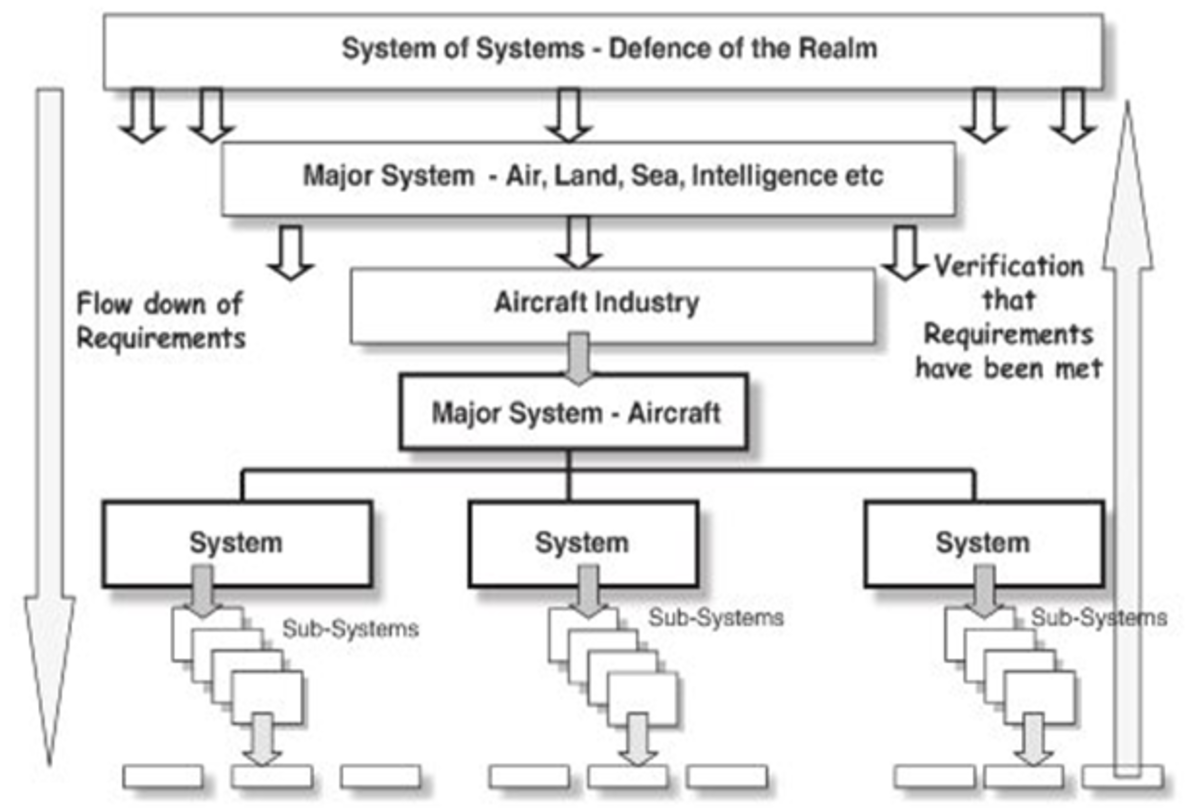For success in tough entrance tests develop a habit of logical and streamline thinking
What is streamline thinking and why is it necessary for success in tough entrance tests?
Very often we talk about how to succeed in tough entrance tests like TOEFL, ISAT, IITJEE, AIIMS, AIPMT etc. All difficult entrance tests have some common criteria for testing candidates. A part of the question paper is comparatively easier, a part of mid-level difficulty and the measure part of maximum difficulty. Since in this article we are talking only about the tests which are hardest to crack, we are definitely concerned about the most difficult questions. Since there is a time limit to answer the questions and the questions in such examinations are sure to be twisted ones, it is naturally implied that they must be solved with quick and logical thinking. Moreover, apart from applying such thinking to individual questions, one must first apply such thinking to the entire pattern of the question paper. That is, a cursory glance at the question paper in the beginning and a quick analysis thereof will help you to deal with those questions first which do not pose much difficulty and carry more marks or do not carry negative marking.
In light of what has been told above, the streamline thinking means allowing yourself to think as per the need of the question, in a step-by step manner and not allowing irrelevant thoughts to surround the thought process till the final solution is reached.
Streamline thinking may, in a lighter vein, be compared to a vector quantity. A vector quantity possesses both magnitude and direction. If the thought process can be similarly evolved in such a way that it is in right direction as well as has good speed, it is sure to shower wonderful results. That said, the only thing you have to practise is, the art of vector thinking.
How to develop the habit of logical and streamline thinking?
As soon as we come across a question, we should take up the following steps:
1. Quickly try to understand the problem in entirety, i.e. try to understand the story of the question. Here you question yourself: (a) What is/are the result(s) required? (b)What data is required to achieve the result? (b) Is this condition/ data supplied? If yes, substitute to get the result, if not, how to deduce the required condition/ data?
2. Starting from the given conditions, move towards the results needed, carefully monitoring not to get distracted. From the result of one step there may be more than one forward steps but you have to judge which step brings you closer to the result and then act accordingly.

Example:
What has been described above as streamline thinking shall be amply clear with the following example which is a numerical problem of Physics from ‘EASY’ category:
Question: An electron is pushed into an electric field with an initial velocity of 1.8X106m/s and is subsequently slowed down and ultimately stopped by the field. The magnitude of the field is 6200N/C. Calculate the distance travelled by the electron before it stops. Given, mass of an electron= 9.11X10-31 Kg, charge of an electron=1.6X10-19 C
Solution:
Step 1: Story of the question consists of an electron entering an electric field in such a direction that the field opposes its motion and slows it down. After travelling a certain distance the electron stops. The field does some work against the motion to stop the motion of the electron. It is required to be calculated how far the electric field lets the electron travel in it.
Step 2: Draw the direction of motion of the electron in contrast to that of the electric field. A positive charge moving in the direction of the field is accelerated and a negative charge (like the electron) moving in the direction of the field will be decelerated. See the adjoining diagram for direction of movement of the electron.
Step 3:
(A) What is required? Obviously, the distance up to which the electron is allowed to travel by the electric field, is required.
(B)In order to calculate the distance, we can use the relation,
v2-u2=2as
Where v= final velocity
u= initial velocity
a=acceleration
s= Distance travelled.
Therefore, s=(v2-u2)/2a ……………….. (1)
(C) Is everything given in the question?
We have to calculate the value of‘s’ and the values of ‘v’ and ‘u’ are given. But the value of ‘a’ is not readily supplied.
(D) Deduce the value of the parameter whose value is not supplied:
In order to calculate ‘a’ if we use the relation, Force= mass X acceleration, we need the value of force.
In this case, the force is the force applied by the electric field on the electron. To calculate this force, we use the formula,
F=q.E, where q=charge, F= Force experienced by the electron and E=Electric field strength.
Or, F=1.6X10-19X6200= 99.2X10-17 N
Now, mass of an electron= 9.11X10-31 Kg
Therefore, a = (99.2X10-17)/(9.11X10-31)=10.89X 1014m/s2
Step 4: Final calculation of the answer:
Substituting back in (1), we get
Distance, s=[02-(1.8X106)2]/2X(-10.89X1014)=0.0015 m
[Since initial velocity=1.8X106m/s, final velocity=0 and since it is a case of retardation, acceleration is taken as negative]
N.B. A strict streamline thinker will go as far as to discard step 2 since it is obvious that it is a case of retardation and ‘a’ will be negative.
IITJEE 2013: Follow these 10 tips to get selected with a good rank
- IITJEE 2013: Follow these 10 tips to get selected with a good rank
Always there is a group of students, some of them really meritorious, which, may be due to lack of self or parents' awareness, does not start for IITJEE in time. But little do they know, there are tricks to crack and IITJEE can still be cracked. Read
Long term preparation for IITs
- Long term preparation for IITs
This article is essentially for those who aspire quite early in their life for admission to IITs or institutes of similar repute. IITs being the premier engineering institutes of India are the dreams of most youngsters who desire to pursue a career i
- Prepare for Common Entrance Test, 2013: Tough problems on equivalent capacitance and resistance
Formula for Common Entrance Test, 2013 for admissions to IITs and NITs is ready, though there are still clouds of doubt over it. But serious candidates must be busy preparing for any format of the test that will be adopted. In order to test yourself








